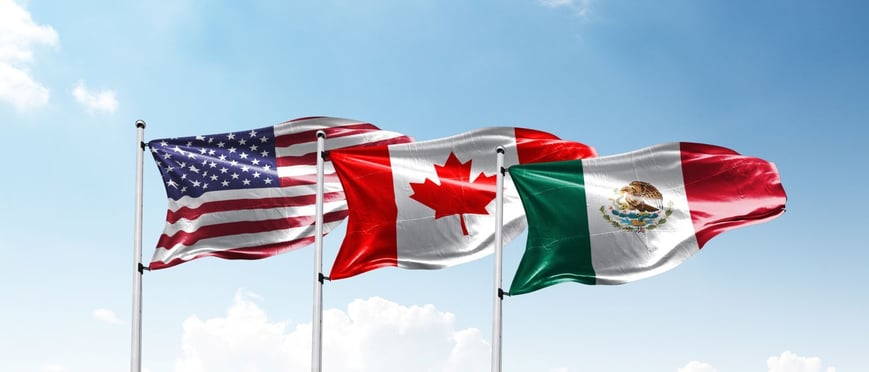
On June 16, 2025, President Trump signed an executive order to implement the U.S.–U.K. Economic Prosperity Deal. The purpose of this landmark agreement is to expand trade, enhance supply chain security, and address national security concerns. It marks a significant step forward in strengthening economic ties between the United States and the United Kingdom.
At Tradewin, we are closely monitoring the implementation of this agreement to help our clients understand the implications and prepare for the changes ahead.






